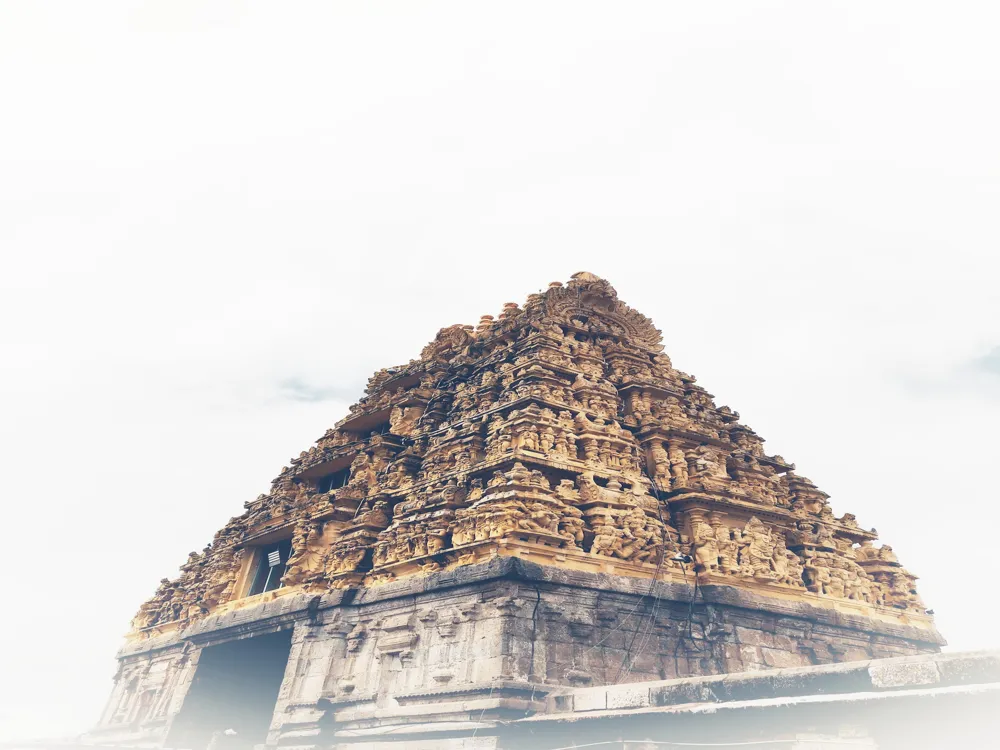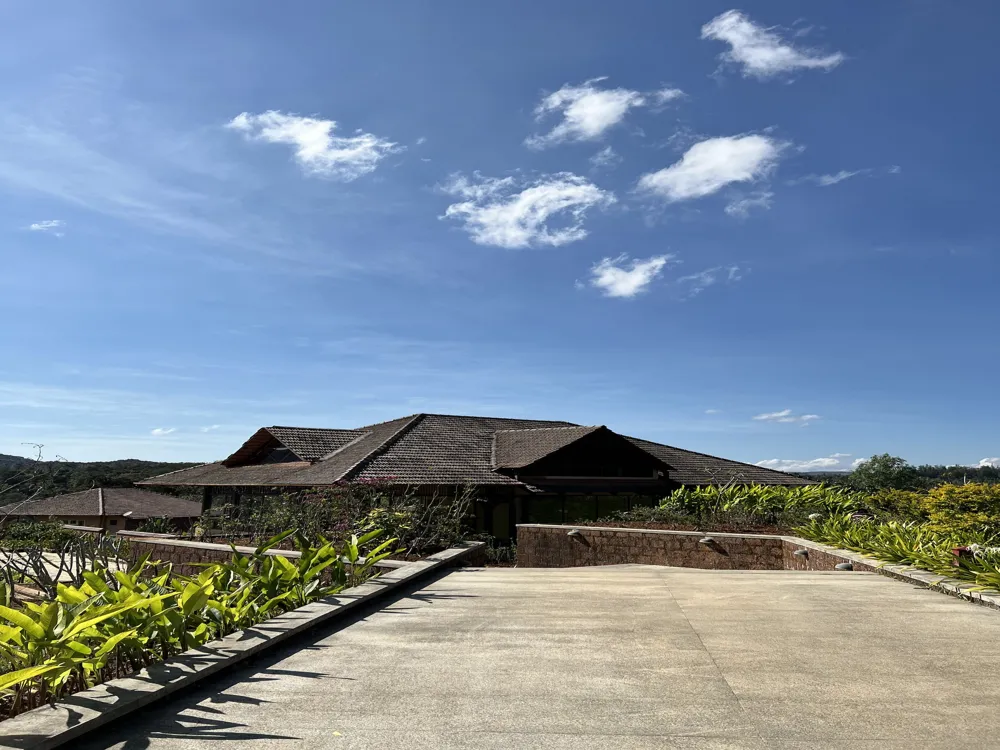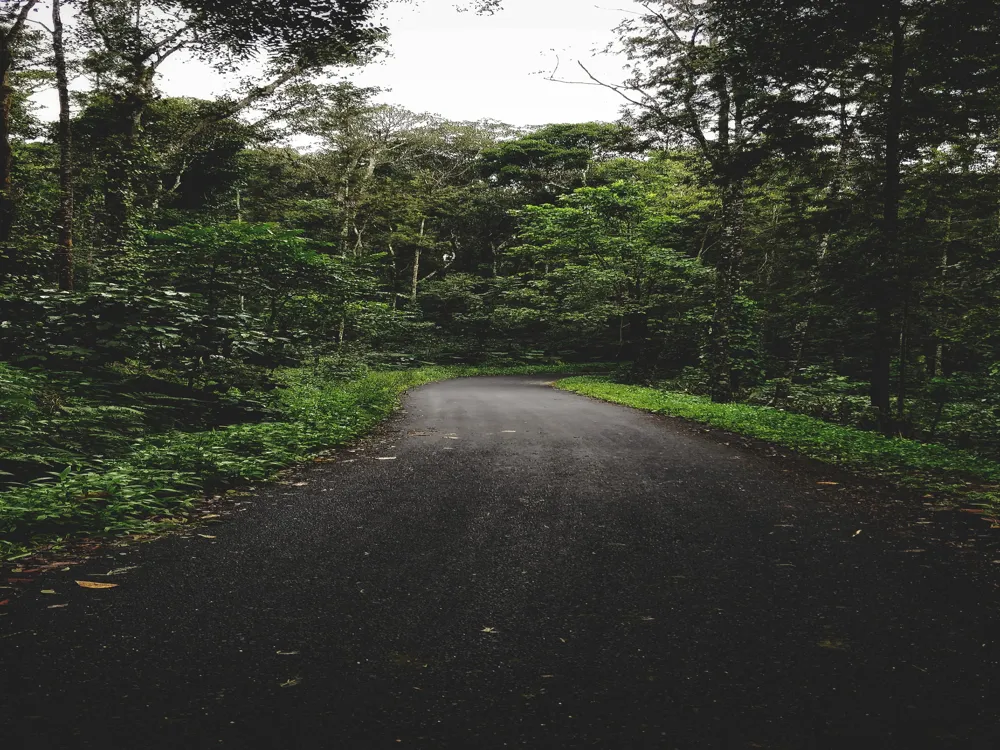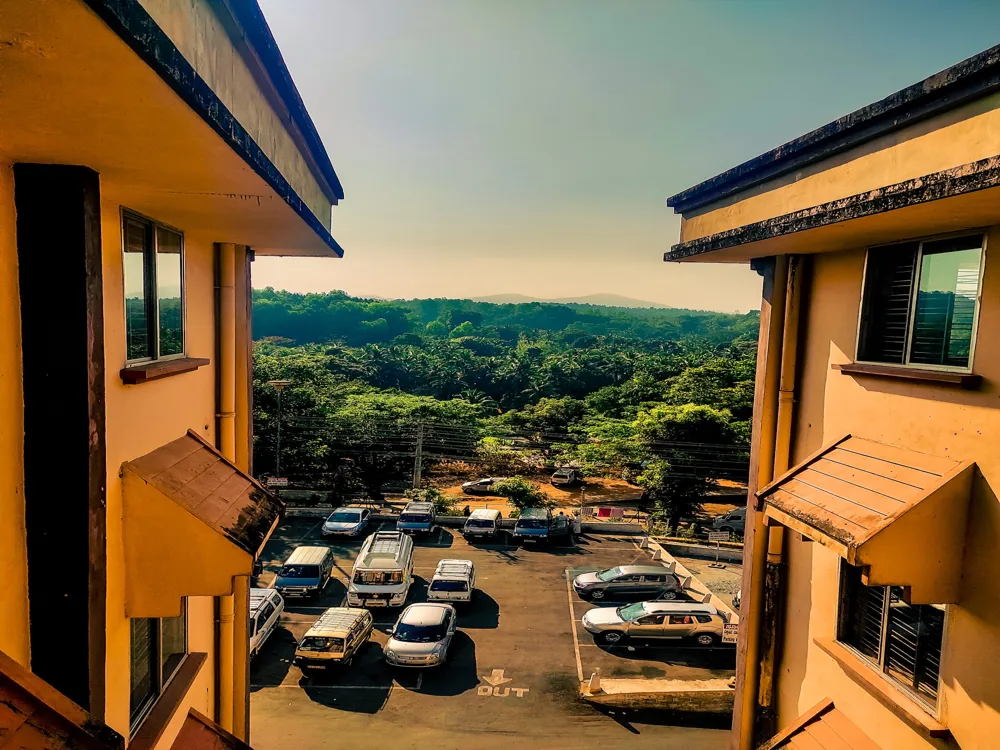Halebid, often referred to as Halebidu, is a historical town located in Karnataka, India, celebrated for its rich cultural heritage and architectural marvels. This ancient city, once the regal capital of the Hoysala Empire during the 12th and 13th centuries, stands as a testament to the artistic and architectural prowess of its time. Halebid is predominantly known for its grandiose temples, intricately carved sculptures, and the remnants of its majestic past.
The town's history is deeply intertwined with the Hoysala dynasty, which played a pivotal role in shaping the cultural and architectural landscape of the region. The Hoysalas were known for their patronage of art and architecture, and this is evident in the sophisticated design of the temples and structures that still stand in Halebid. The town was originally called Dwarasamudra, meaning 'gateway to the sea', due to its strategic location near trade routes. However, following its invasion and destruction by the Delhi Sultanate in the 14th century, it came to be known as Halebid, meaning 'old city'.
The charm of Halebid lies in its serene ambiance, away from the hustle of modern city life. The ruins of temples and structures are set amidst lush green landscapes, offering a picturesque and tranquil setting. For history enthusiasts, art lovers, and spiritual seekers, Halebid provides a unique window into the past, bringing to life the stories, culture, and artistry of the Hoysala era.
The architecture of Halebid is a remarkable showcase of Hoysala craftsmanship. The town's most famous temple, the Hoysaleswara Temple, is an epitome of Hoysala architectural style. This temple is dedicated to Lord Shiva and is renowned for its detailed carvings and sculptures that cover almost every inch of its walls. The carvings depict scenes from Hindu epics, mythology, and the daily life of the Hoysala period, offering an insightful glimpse into the era's social and cultural fabric.
The uniqueness of Hoysala architecture lies in its intricate design and the use of soapstone, a soft stone that allows for detailed carvings. Unlike the traditional straight and rigid lines seen in most Indian temple architectures, Hoysala structures are characterized by their star-shaped platforms, jagged edges, and harmonious blend of sculpture and architecture. Each temple in Halebid is a standalone masterpiece, with its distinct style, yet all of them bear the signature Hoysala touch.
The temples in Halebid are not just places of worship; they are canvases of stone, narrating stories through their sculptures. The walls of these temples are adorned with an array of sculptures – gods, goddesses, mythical animals, dancers, and musicians, each carved with impeccable precision and attention to detail. The fluidity in the sculptures and the dynamic portrayal of figures are indicative of the advanced artistic skills of the Hoysala sculptors.
The ideal time to visit Halebid is between October and March when the weather is pleasant, making it comfortable to explore the outdoor sites. Summers can be quite hot, and the monsoon season, though beautiful, might make it challenging to navigate the ruins.
As Halebid is a site with religious significance, it is recommended to dress modestly. Comfortable walking shoes are a must as there is a lot of ground to cover on foot.
To truly appreciate the historical and architectural significance of Halebid, consider hiring a local guide. They can provide in-depth insights into the history and the stories behind the sculptures and architecture.
For photography enthusiasts, the intricate carvings and the play of light and shadow, especially during the early morning or late afternoon, offer excellent opportunities for capturing stunning photographs.
It's important to remember that Halebid is a heritage site. Visitors should respect the sanctity of the place by not littering, defacing the structures, or causing any disturbance.
Halebid is well-connected by road and is accessible from major cities in Karnataka. The nearest airport is in Mangalore, about 168 kilometers away, while the closest railway station is in Hassan, approximately 31 kilometers from Halebid. Regular bus services and taxis are available from these points to reach Halebid. For a more local experience, one can also opt for auto-rickshaws from nearby towns.
Overview of Halebid, Karnataka
Architecture of Halebid
Tips When Visiting Halebid
Best Time to Visit
Dress Appropriately
Hire a Guide
Photography Tips
Respect the Site
How To Reach Halebid
Kedareshwara Temple
Halebid
Karnataka
NaN onwards
View halebid Packages
Weather :
Tags : Temple
Timings : 10:00 AM - 5:00 PM Closed on Friday
Planning a Trip? Ask Your Question
Halebid Travel Packages
View All Packages For Halebid
Top Hotel Collections for Halebid

Private Pool

Luxury Hotels

5-Star Hotels

Pet Friendly
Top Hotels Near Halebid
Other Top Ranking Places In Halebid
View All Places To Visit In halebid
View halebid Packages
Weather :
Tags : Temple
Timings : 10:00 AM - 5:00 PM Closed on Friday
Planning a Trip? Ask Your Question
Halebid Travel Packages
View All Packages For Halebid
Top Hotel Collections for Halebid

Private Pool

Luxury Hotels

5-Star Hotels

Pet Friendly




















